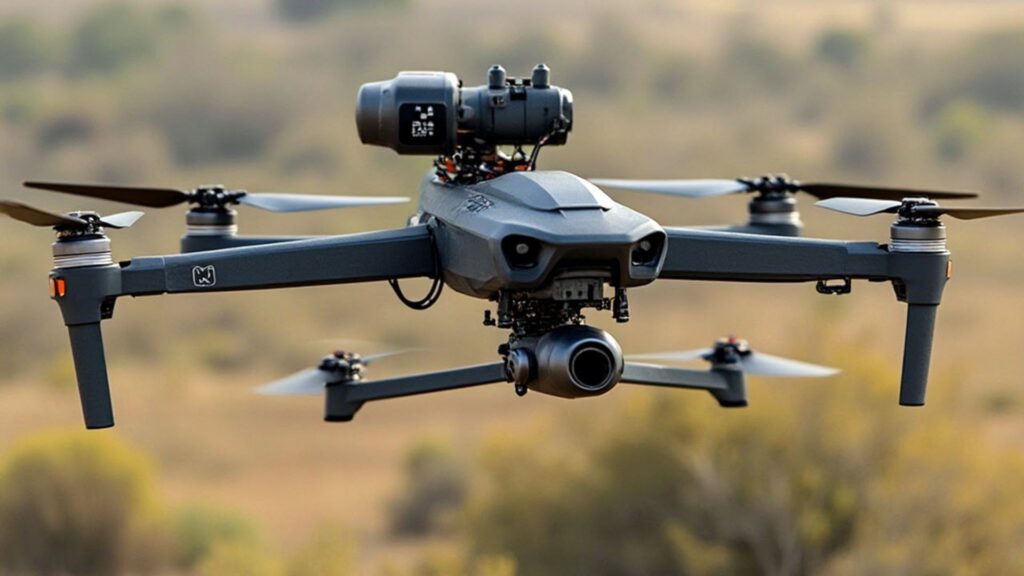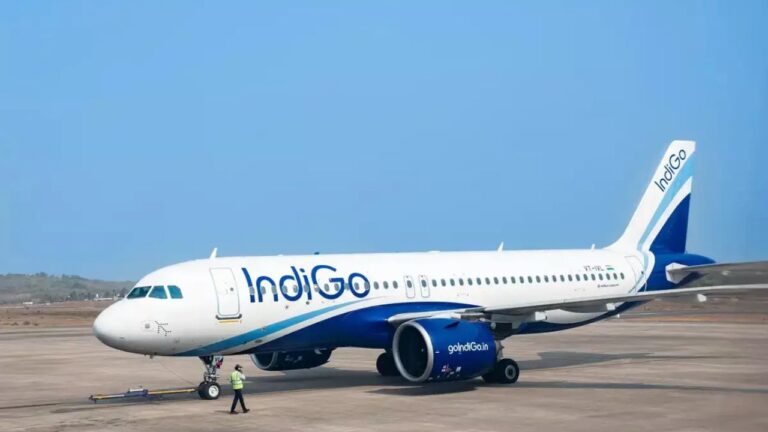
President Donald Trump signed a series of executive orders on Friday aimed at enhancing the United States’ drone capabilities, focusing on counter-drone technologies and supporting domestic innovation as the country prepares to host major global events like the 2026 FIFA World Cup and the 2028 Summer Olympics.
“Strengthening airspace security has never been more crucial,” said Michael Kratsios, head of the White House Office of Science and Technology Policy, noting the influx of millions of visitors expected at upcoming sporting spectacles. The measures include the formation of a federal task force designed to improve real-time drone detection and safeguard US airspace from unlawful activity.
Combatting Foreign Dependence and Security Risks
A key objective of the new directives is to reduce US dependence on foreign drone manufacturers, particularly Chinese companies that currently dominate the global market. Officials also hope to address growing public concerns over drone misuse, spurred by a wave of suspicious drone activity reported in New Jersey last year.
Additionally, recent examples from the Russia-Ukraine conflict — where drones have been used for long-range strikes — have underscored the evolving threat that unmanned aerial vehicles (UAVs) can pose.
One of the executive orders establishes a national counter-drone task force to identify and mitigate potential threats. It also mandates the creation of a dedicated training center to prepare law enforcement and security personnel ahead of the World Cup and Olympic Games. Furthermore, the Federal Aviation Administration (FAA) has been instructed to fast-track regulations restricting drone flights over sensitive sites such as oil refineries, chemical plants, critical infrastructure, and amusement parks.
“Drones are a disruptive technology with great potential for both good and harm,” said Sebastian Gorka, deputy assistant to the president.
Boosting Domestic Innovation
A second executive order is geared toward fostering US drone and air taxi industries. It compels the FAA to accelerate the approval process for drones operating beyond the visual line of sight — a crucial step for companies seeking to expand drone delivery services.
To bolster the domestic market, federal agencies will be directed to prioritize the purchase of US-manufactured drones. Although the orders do not explicitly ban foreign brands like China’s Da Jiang Innovations (DJI), they authorize the Commerce Department to investigate foreign drones’ potential security risks. Companies found to pose a threat could be restricted from accessing US networks.
The National Defense Authorization Act of 2024 has already triggered reviews of major Chinese drone firms, including DJI and Autel Robotics, to assess their national security implications.
The US has taken a firm stance on restricting the transfer of advanced technology to China, adding drone supply chain security to an already growing list that includes artificial intelligence and aerospace components.
According to the Atlantic Council, Chinese firms currently control 90% of the US commercial drone market and 80% of the global market, aided by significant state subsidies that undercut American competitors.
Promoting Supersonic Flight
The third executive order seeks to advance US leadership in supersonic aviation by eliminating regulatory barriers. It directs the FAA to repeal the longstanding ban on supersonic flights over land — a move aimed at accelerating domestic development of high-speed aircraft.
Michael Robbins, CEO of the Association for Uncrewed Vehicle Systems International (AUVSI), welcomed the orders. “They highlight that drones are integral to America’s economic vitality, national security, and global leadership,” he said.
With these sweeping measures, the Trump administration is positioning the US to enhance both its drone defenses and technological edge as it gears up to host some of the world’s most high-profile events in the coming years.






